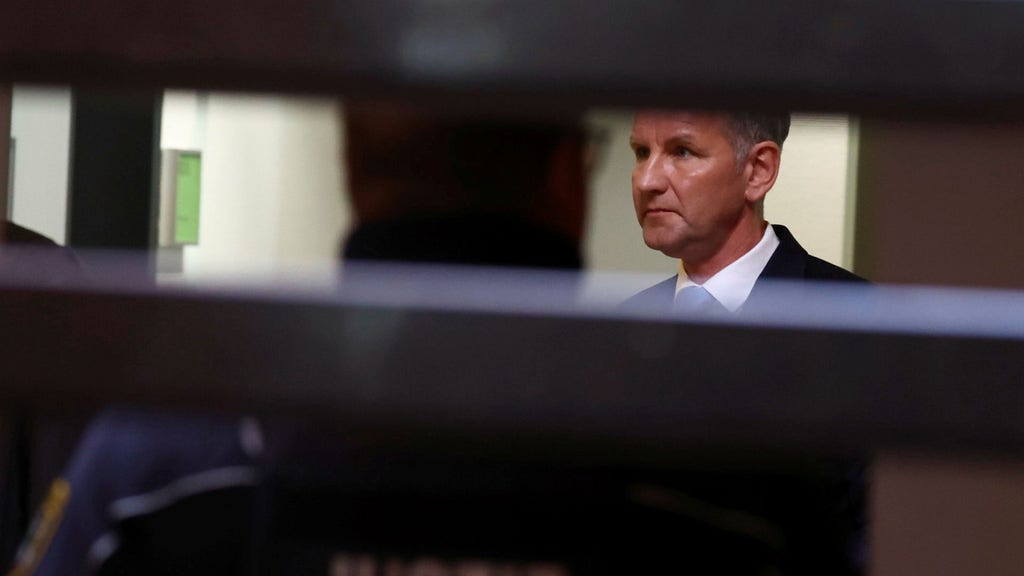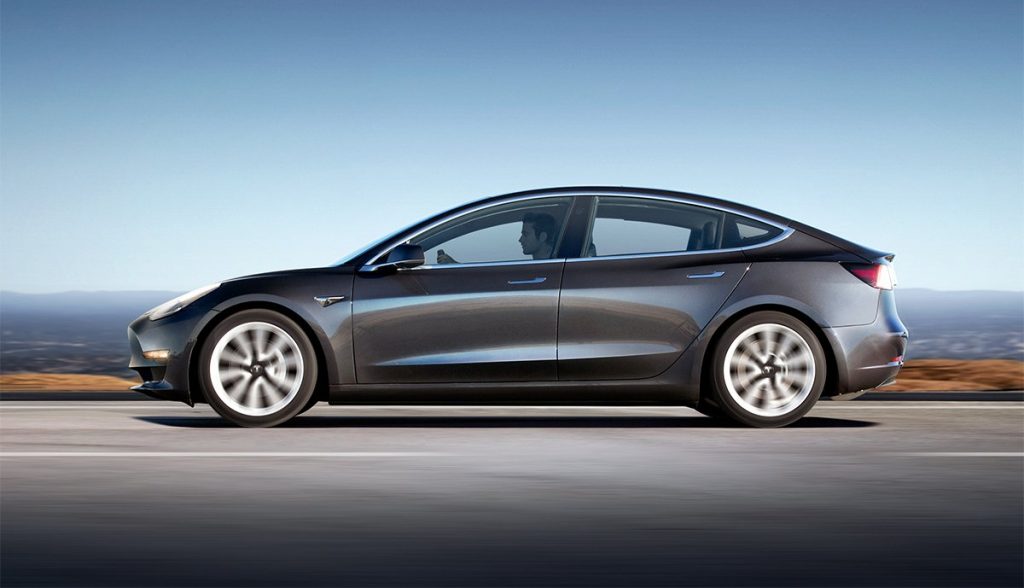In the fall of 2020, Tesla launched as the first Western electric car manufacturer to use a battery made of so-called CATL LFP cells in the base version of its Model 3. Initially, this version was sold only in China, but was later also exported to Europe – Other Western manufacturers such as Volkswagen or Mercedes have also announced that they will use LFP for some models. As for Tesla, CEO Elon Musk even said last February that all standard-range electric vehicles would be converted to LFP. This CFO Zachary Kirkorn confirmed – and at the same time declared that these cells should be produced locally.
Tesla wants to switch to LFP globally
LFP is the English abbreviation for lithium iron phosphate and shows that no nickel or cobalt is needed for cells with this chemistry. These are the two most expensive components in today’s most powerful batteries as used by Tesla and other electric car manufacturers. On the other hand, the iron required for LFP, like lithium, is much cheaper and plentiful, Musk explained. In the long run, Tesla will use two-thirds of the capacity from its LFP cells, he even said last July.
In China there are already two Tesla models with LFP batteries from CATL: the Model 3 Standard plus and the Model Y in this version; The Model 3 is also exported to other countries including Europe. In the Current Quarterly Report However, the company asserts that the change will happen “globally”. He doesn’t offer a timetable for that, but in August, US customers also got an offer to take a Model 3 with LFP batteries from China for a shorter delivery time. However, in the USA, cells from Panasonic seem to be used regularly even for the smallest Tesla, because the weight given there is about 200 kg less than that of Europe, and LFP makes electric cars heavier due to its lower energy density.
According to the confirmation in the quarterly report, it’s probably only a matter of time before the entire world gets the standard Teslas with LFP batteries. In addition, CFO Kirkorn clarified in the subsequent conference call that the cells designated for this should not all come from China. He said that all important parts of electric cars should be “localised” from various factories, that is, obtained from nearby. This means that it must be produced at least on the same continent as the plant in question, and preferably closer.
Ordering blade batteries from BYD?
So it is expected that Tesla, for example, will not produce all of its Model Y batteries from its Gigafactory in Grünheide near Berlin, even if its cell production operates at the same location; At first, they should be equipped with cells from China anyway, CEO Musk confirmed at a festival there in early October. But if the German Model Y came as standard, sooner or later Tesla would need a European LFP supplier. According to previous information, only 4,680 cells developed in-house will be produced in its own factories, and in July Musk said that Tesla will likely use a different format for the LFP.
Similarly, there will also be a need to produce or rather a supplier of LFP batteries in the USA. There aren’t many of them outside of China, but Tesla is also said to be in negotiations with BYD as the country’s second major producer. They also package their LFP cells in a space-saving code format, in which the lower power density is partially compensated. According to one The current report from China Tesla has ordered 10 gigawatt-hours of LFP cells from BYD — and the company should at least already have a small factory of its own in California.

“Problem solver. Proud twitter specialist. Travel aficionado. Introvert. Coffee trailblazer. Professional zombie ninja. Extreme gamer.”




More Stories
Below is the schedule of pension payments as of July 2022. Find out what benefits you will get after the changes [17.07.2022]
Overview of the new electric sports cars for the Hyundai Ioniq 5 N and Ioniq 6 N
Portugal has launched a floating solar power plant. It is the largest structure of this type in Europe – Economy